|
with Leigh Ann Yoder The Poetry of Shel Silverstein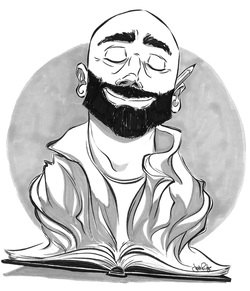 This week's unit centered around the poetry of Shel Silverstein. Shel is well known for his creative, imaginative and entertaining poetry which has filled the hearts of children and adults alike. All of the students were familiar with his work and were excited to read a bit of his poetry aloud. We defined these general terms: Poem: Writing that is imaginative and condensed by using words chosen for their sound and meaning, with phrases that have a certain pattern made with rhythm and rhyme. Rhyme: Words that, at the end of a line of a poem, sound alike. Rhythm: In poetry, a pattern created with long and short, soft and loud, weak and strong sounds. Cadence: A balanced, rhythmic flow of words. Meter: A rhythm that continuously repeats a single basic pattern. Verse: A line of a poem, or a group of lines within a long poem. Stanza: A part of a poem with similar rhythm and rhyme that will usually repeat later in the poem. Rhyming: Two lines of a poem together with the same rhythm. Couplet: Two lines of a poem with the same meters and rhyme at the end. Next, we explored several types of poems that Shel Silverstein often uses: Rhyming Poetry is one of the most common types. Rhymes can happen in many different patterns within a poem. Visual Poetry uses text, images, or symbols to help convey the meaning of the poem. The visual element is more important than the words to convey meaning. Concrete Poetry is similar to visual poetry, but instead of using visual clues to reinforce meaning, it uses the actual arrangement of the words in a shape or other design to convey the subject or idea of the poem. Non-Rhyming poetry focuses more on the other elements such as pattern, rhythm, creativity and tone. Rebus Poetry is a poem that uses pictures or symbols in place of actual words. List Poetry is comprised of a list of things, places, people, or events, and it can be any length, rhymed or unrhymed. Acrostic Poetry uses the letters of a word or name to begin each line of the poem, and each line must in turn relate to the word. Painted Poetry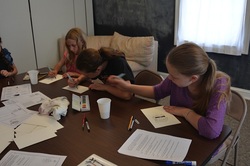 Finally we had fun by reading poems out of my favorite Shel book: Don't Bump the Glump! and Other Fantasies. Students were given materials to draw and paint their own fantasy creatures and asked to write a poem about them in true Shel Silverstein style. The drawings were FABULOUS and the creatures delightful. A few students finished their poetry in class, others need to continue working on them. Student WorkHomework Complete your drawing and poem. Bring your completed work to class next week to share. I would also like to photograph all work for our Mosaic site, as they are truly wonderful pieces of art! Comments are closed.
|
Categories
All
Archives
May 2016
|
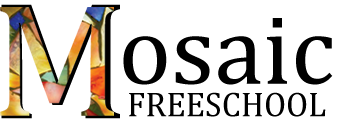
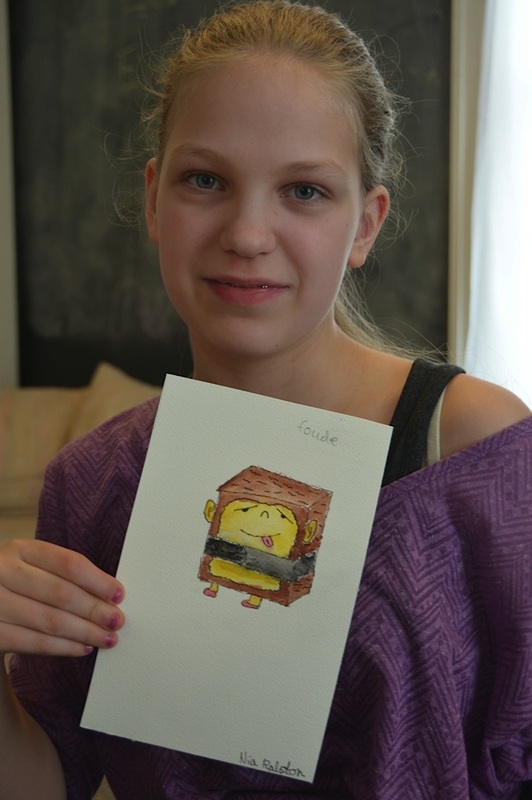
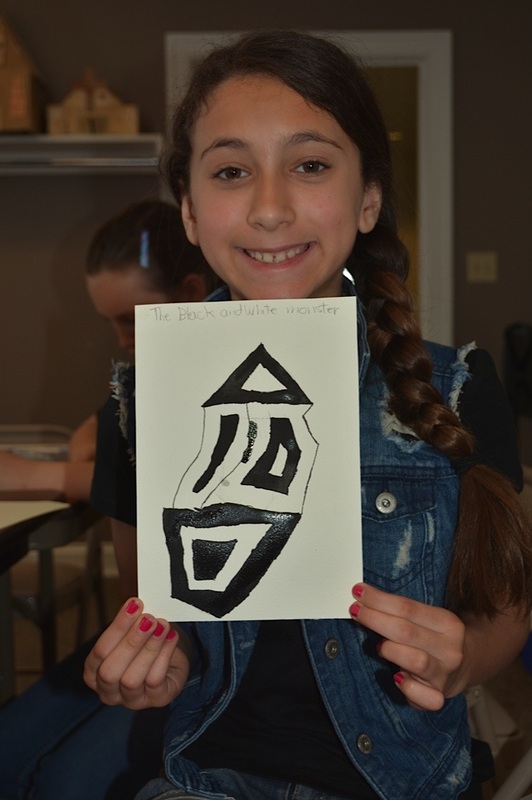
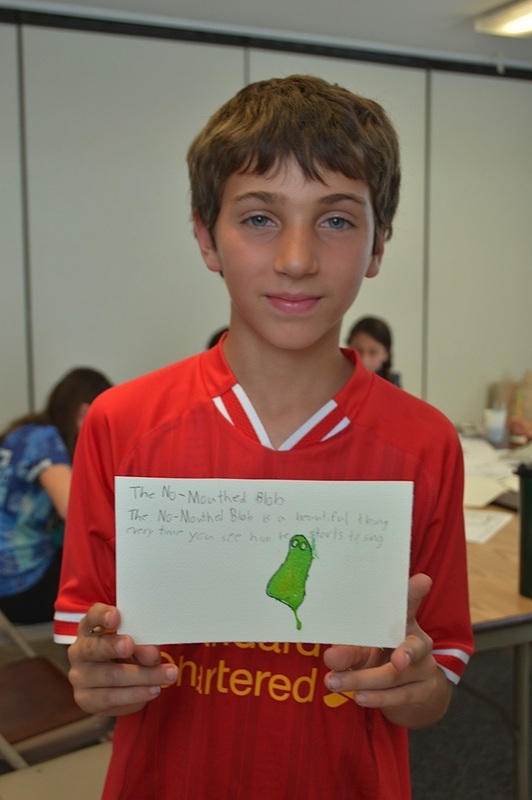
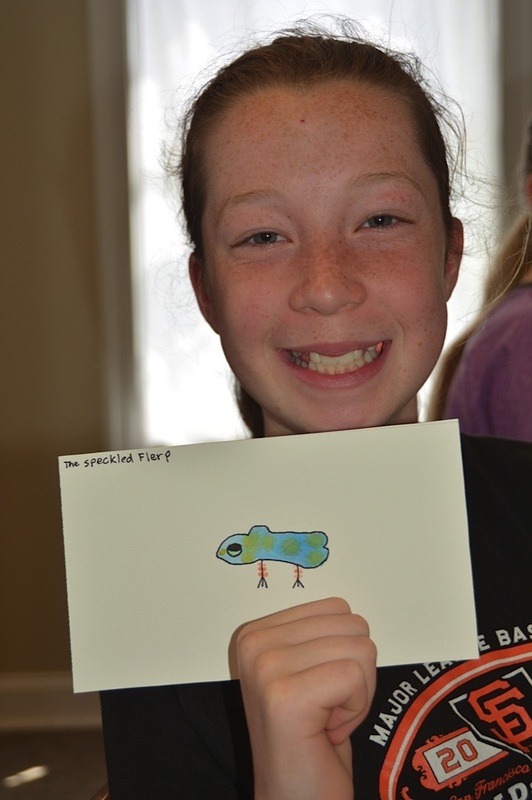
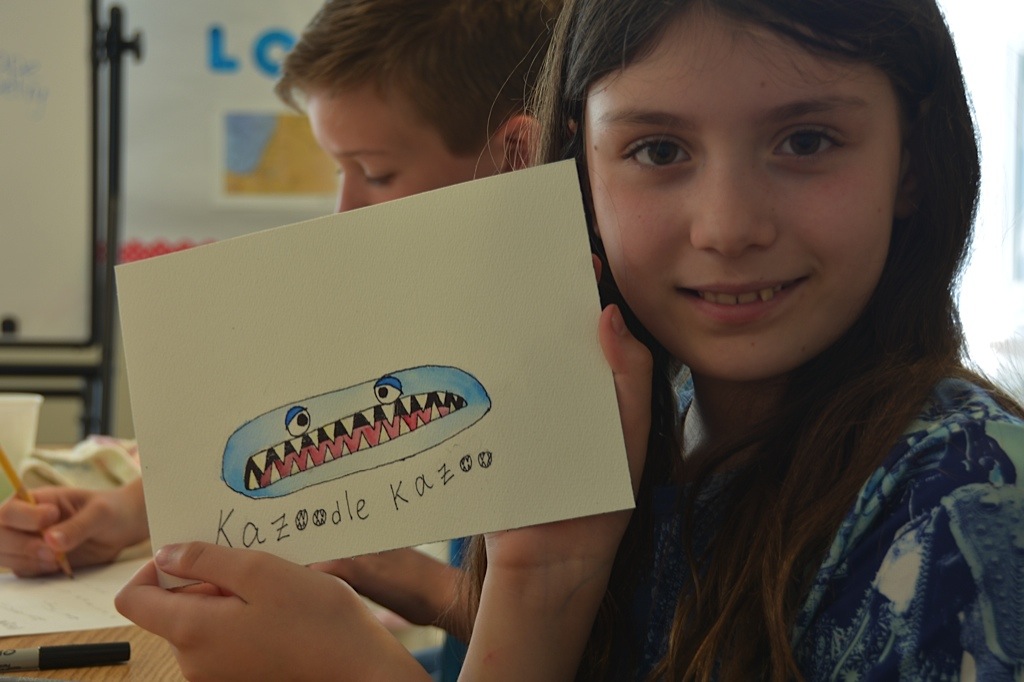
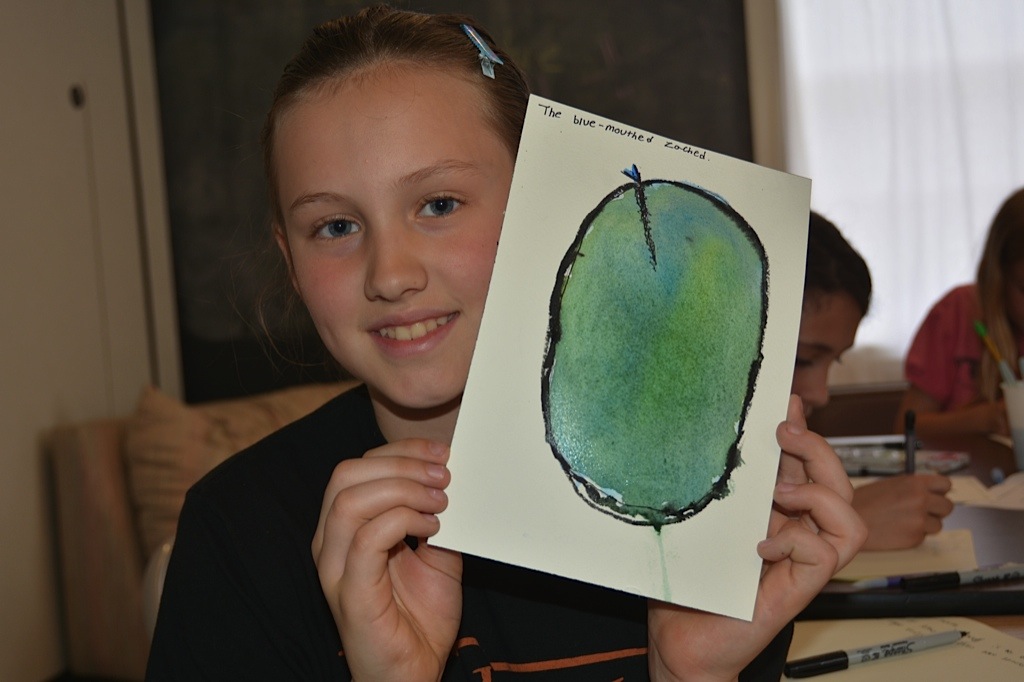
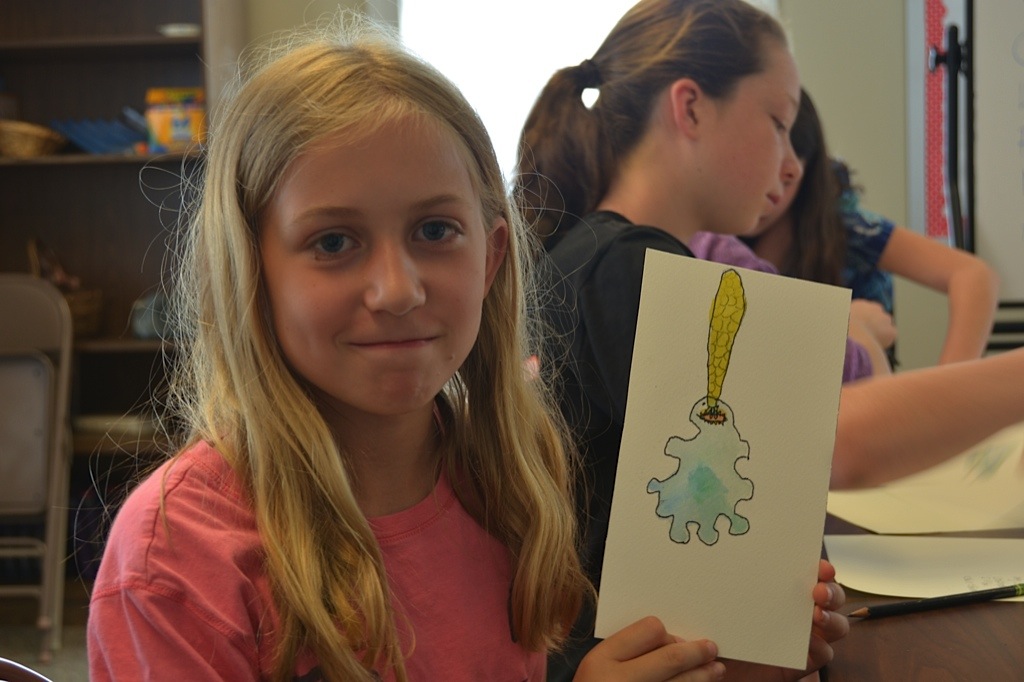
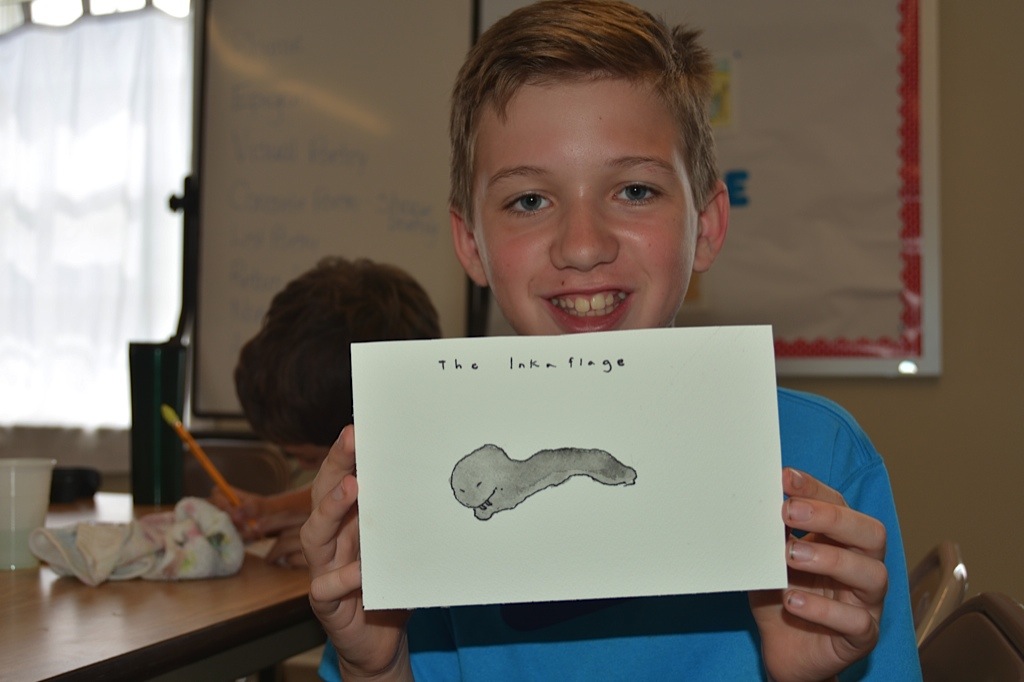
 RSS Feed
RSS Feed